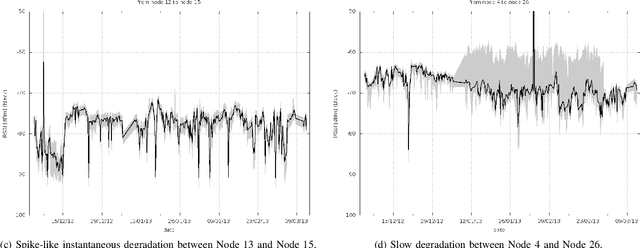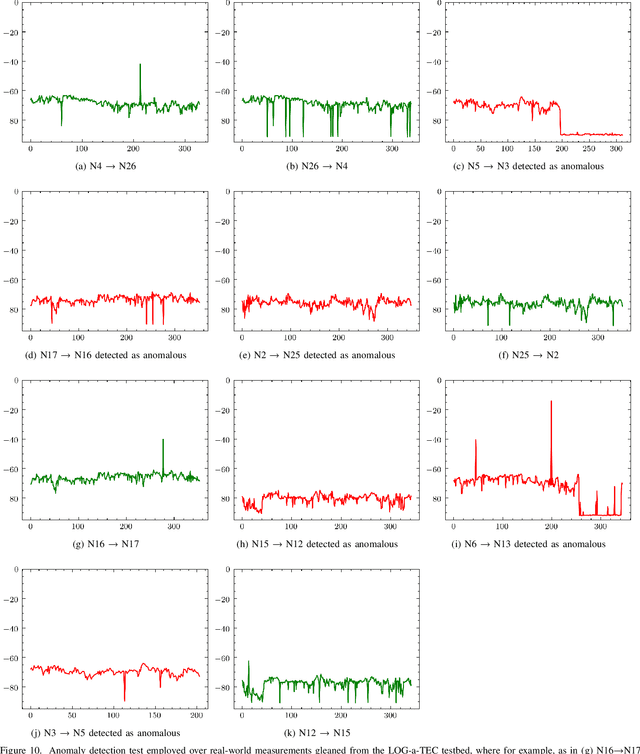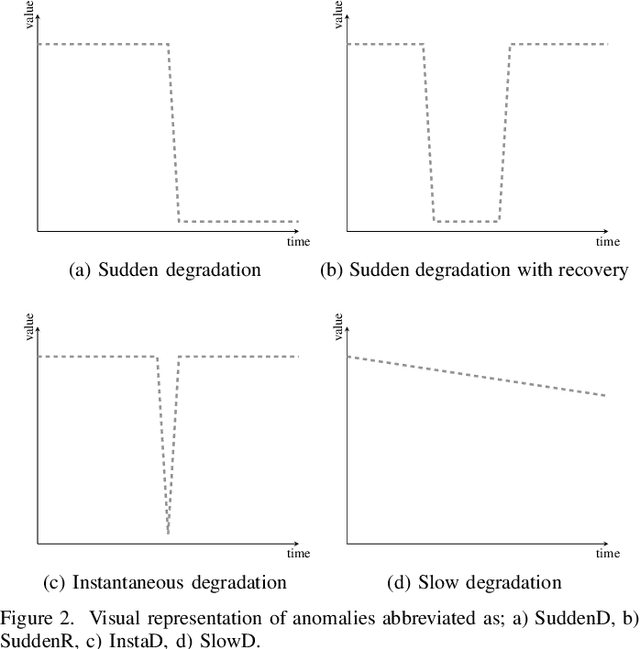Learning to Detect Anomalous Wireless Links in IoT Networks
Paper and Code
Aug 12, 2020



After decades of research, Internet of Things (IoT) is finally permeating real-life and helps improve the efficiency of infrastructures and processes as well as our health. As massive number of IoT devices are deployed, they naturally incurs great operational costs to ensure intended operations. To effectively handle such intended operations in massive IoT networks, automatic detection of malfunctioning, namely anomaly detection, becomes a critical but challenging task. In this paper, motivated by a real-world experimental IoT deployment, we introduce four types of wireless network anomalies that are identified at the link layer. We study the performance of threshold- and machine learning (ML)-based classifiers to automatically detect these anomalies. We examine the relative performance of three supervised and three unsupervised ML techniques on both non-encoded and encoded (autoencoder) feature representations. Our results demonstrate that; i) automatically generated features using autoencoders significantly outperform the non-encoded representations and can improve F1 score up to 500% and ii) among the best performing models based on F1 score, supervised ML models outperform the unsupervised counterpart models with about 18% on average for anomaly types SuddenD and SuddenR, and this trend also applies to SlowD and InstaD anomalies, albeit with a tiny margin.
 Add to Chrome
Add to Chrome Add to Firefox
Add to Firefox Add to Edge
Add to Edge